Susan Cabot struggled with her mental health during her final years, and when she attacked her son, Timothy Scott Roman, in 1986, he defended himself and ended up killing her.
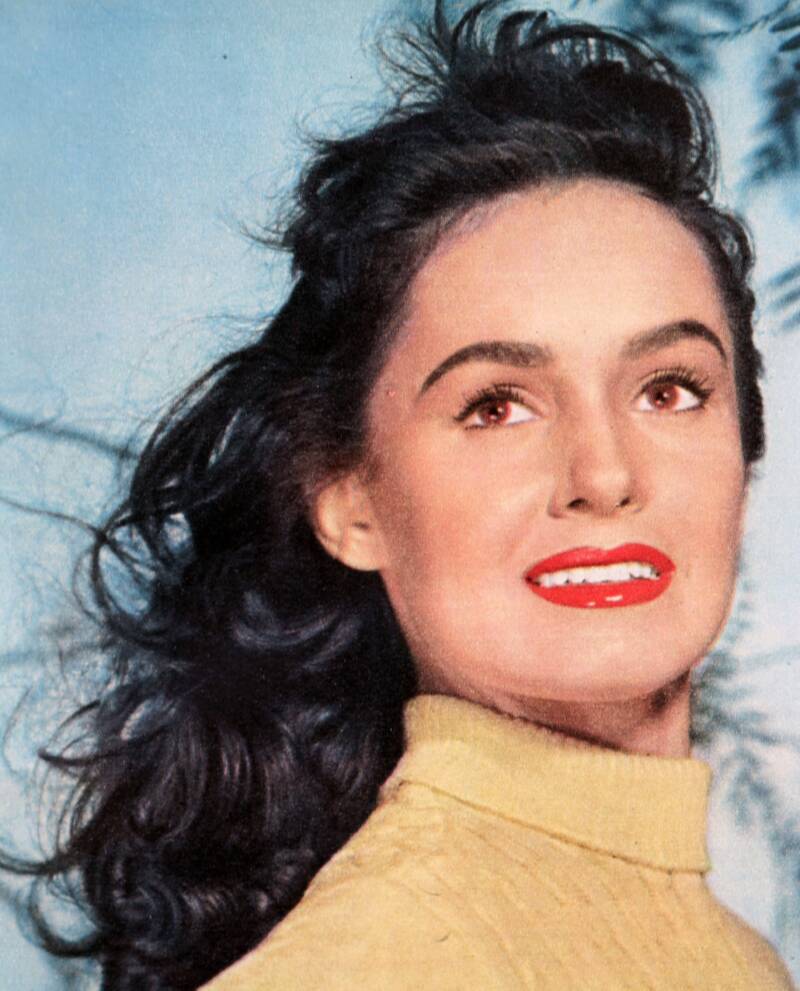
World History ArchiveSusan Cabot, the Hollywood actress who was killed by her son in the 1980s.
Susan Cabot’s life seemed like the stuff of melodrama. She rose from a traumatic childhood to become a Hollywood actress, had a years-long affair with the King of Jordan, and was killed by her son, Timothy.
It all seems too fantastic to be true. But for Cabot, it was very real.
A mainstay of mid-century movies, mostly appearing in Westerns and B-movies like The Wasp Woman and Gunsmoke, Susan Cabot struggled immensely with her mental health, especially at the end of her life. On December 10, 1986, she attacked Timothy with a barbell.
He defended himself — and killed his mother.
Susan Cabot’s Rise In Hollywood
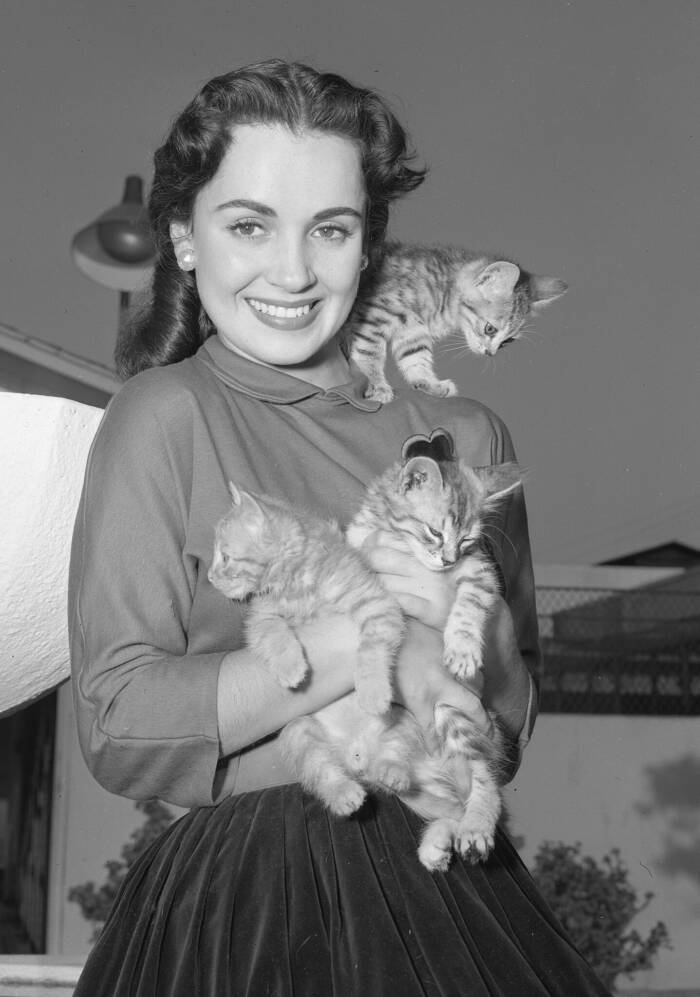
Los Angeles Daily News/Wikimedia CommonsSusan Cabot in around 1950.
Like Marilyn Monroe, Susan Cabot’s childhood was marked by instability. Born Harriet Pearl Shapiro on July 9, 1927, in Boston, Massachusetts, Cabot lost both her parents at a young age, as her father left the family, and her mother had such severe mental health problems that she was sent to an asylum. According to Cabot’s longtime psychologist Carl Faber, who testified at the trial of her son Timothy, Cabot was sexually and emotionally abused during her childhood, and lived in 14 different foster homes.
Her chaotic childhood eventually led her to New York City, where Cabot attended high school. There, in 1947, Cabot was cast as an extra in the film Kiss Of Death. Soon afterward, Cabot snagged a bigger role in the 1950 film On The Isle Of Samoa. And the roles kept coming.
After signing with Universal, Susan Cabot starred alongside several of the biggest actors of her day. According to Return of the B Science Fiction and Horror Heroes by Tom Weaver, she performed with John Lund in The Battle at Apache Pass (1952), Tony Curtis in Son Of Ali Baba (1952), and Audie Murphy in The Duel At Silver Creek (1952), Gunsmoke (1953), and Ride Clear of Diablo (1954), among other Hollywood films.
Cabot also explored the horror genre with her starring role in The Wasp Woman (1959), a body-horror picture not unlike The Fly, in which Cabot’s character transforms into a half-wasp, half-woman creature.
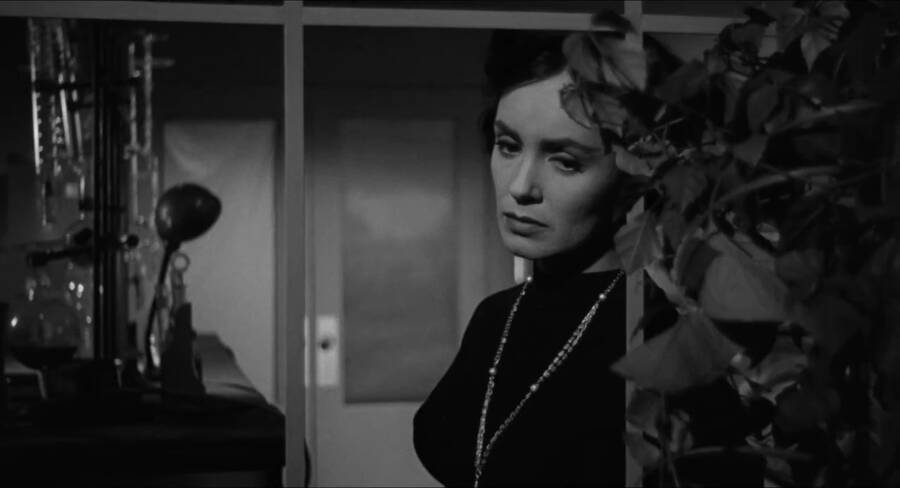
Allied Artists/Wikimedia CommonsSusan Cabot in one of her best-known films, The Wasp Woman.
That same year, the CIA also reached out to Susan Cabot, and asked the Hollywood actress to play a different kind of role.
The Actress And The King Of Jordan
In 1959, Ḥusayn ibn Ṭalāl, King Hussein of Jordan, visited Los Angeles. According to Newsweek, the 24-year-old king was “desirous of female companionship” during his visit to the United States. The CIA set out to ensure “that appropriate arrangements be made through a controlled source of the Office in order to assure a satisfied visit.”
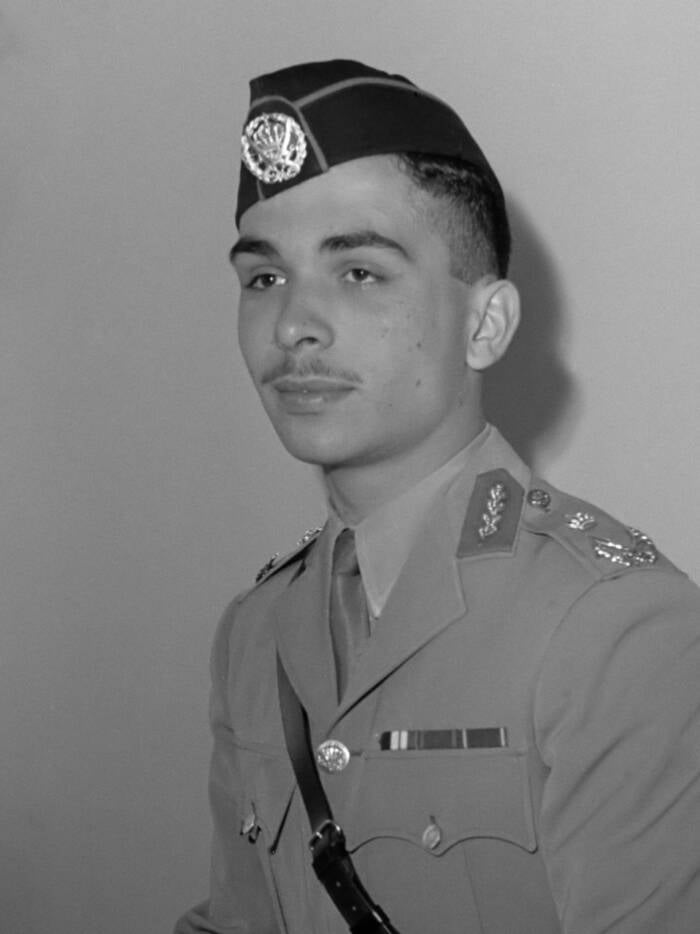
Nationaal Archief/Wikimedia CommonsKing Hussein of Jordan in the early 1950s.
Cabot was approached, and on April 9, 1959, the actress and the king seemingly met for the first time at a party thrown by California oilman Edwin Pauley. According to the CIA, Cabot “became quite taken with the foreign official and found him to be most charming.” The feeling was mutual, and Cabot and Hussein subsequently met up in New York.
Rumors of Cabot and Hussein’s relationship were public at the time. And though some speculated that Hussein’s relationship with Cabot, an American Jewish actress, could cause problems for him, their relationship seemingly continued quietly for seven years. At one point, Cabot purportedly called the king “the most charming man I have ever met.”
Then, in 1964, she allegedly had his child — Timothy Scott.
The child, raised in part by Cabot’s second husband Michael Roman, was born prematurely and suffered from serious health problems from the beginning. As an infant he required surgery for a twisted intestine and suffered from periodic seizures, and was eventually diagnosed with dwarfism. Cabot gave him injections of an experimental growth hormone, which was later proven to cause neurological damage in others.
This fact would come up 20 years later, when Timothy Scott Roman stood trial for beating Susan Cabot to death.
Susan Cabot’s Decline And Death
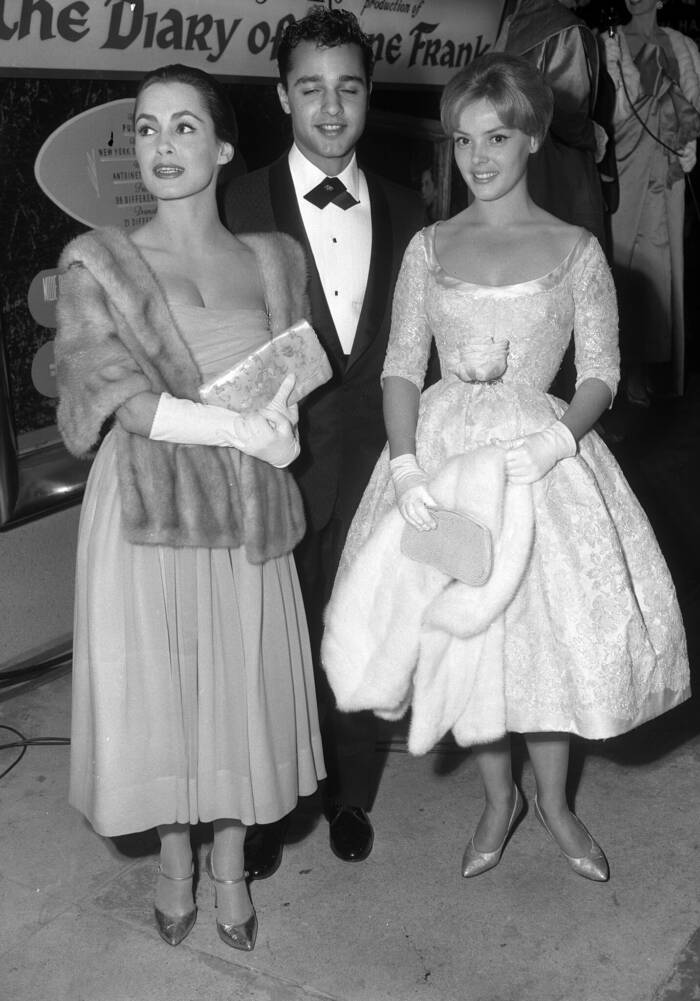
Los Angeles Times Photographic Collection at the UCLA LibrarySusan Cabot with Sal Mineo and Christine Carère in 1959.
Over time, Susan Cabot became increasingly reclusive. Her home filled with old newspapers and rotten food, and Cabot confided in her psychologist, Carl Faber, that she was feeling deeply depressed. Cabot’s childhood had left her plagued with feelings of “tremendous despair” and “extreme, irrational terror,” and though she was financially well-off from her film career, she feared that she and her son would become penniless and homeless.
“She said her reason for living was her son,” Faber, who had treated Cabot for seven years, testified at Roman’s trial. “I heard a tone in her voice that I’d never heard before. She told me, ‘Carl, I’m tired, I want to go and if it wasn’t for Timothy, I would.'”
A neighbor additionally told the Los Angeles Times that Cabot and Roman were “very, very close,” stating that “She never went any place without him. He was very dependent on her.”
But on December 10, 1986, something snapped between mother and son.
That night, police were called to Susan Cabot’s home in the Los Angeles neighborhood of Encino, where they found the 59-year-old actress dead in a blood-soaked nightgown. Roman, then 22, initially told police that she had been killed by a burglar, who he described as a “tall Latino man with curly hair,” who had dressed like a “Japanese Ninja” and stolen $70,000. Roman claimed the burglar had knocked him out.
But evidence at the scene told a different story. And Timothy Scott Roman eventually confessed to what police suspected — he had killed his mother after an “argument.”
He claimed that his mother had attacked him with a barbell, and he had defended himself.
The Trial Of Timothy Scott Roman
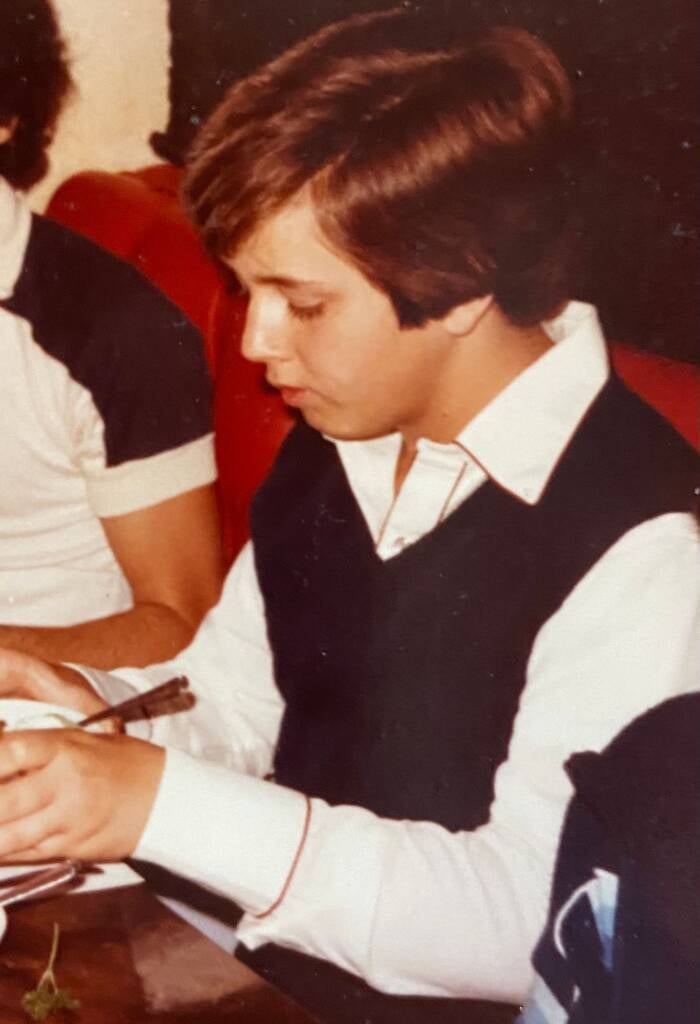
Find A GraveTimothy Scott Roman at a young age.
At his trial, Timothy Scott Roman testified that Susan Cabot was delirious on the night of her death, screaming, talking to herself, asking for her mother, and seeming to not recognize him. When Roman tried to call for help, she grabbed a nearby barbell and attacked.
“She picked it up and started swinging at me,” Roman testified, according to reporting from UPI. ‘I grabbed it… the last thing I remember is trying to push her away, just trying to get out of that room.”
His attorneys argued that Roman may have responded especially aggressively to the attack because of the drugs and hormones he was taking to treat his dwarfism, and Cabot’s own psychologist suggested that living with the actress would have been extremely stressful. Farber admitted during his testimony that talking to Cabot could be “draining,” and stated that she likely rambled about her “fears to Tim for hundreds of hours.”
In the end, Timothy Scott Roman was found guilty of involuntary manslaughter. He was sentenced to three years probation.
As such, the story of Susan Cabot is ultimately a tragic one. Though she found great success in Hollywood, appearing with some of the 20th-century’s most iconic leading men, her personal life was torturous. Cabot had an unhappy, abusive childhood, a succession of divorces, and a secret love affair. In her later years, she sank deep into a depression and her life ended in a tragic, shocking manner.
But despite her struggles, she was a devoted mother. In his statement to police on the night of her murder, Timothy Scott Roman stated that Susan Cabot was “very special” and that “I loved her very much.”
After reading about the life and death of Susan Cabot, learn about the gruesome death of Hollywood sex symbol Jayne Mansfield. Or, discover the tragic story of James Dean’s death at just 24.





